Five years ago I built a gaming PC for a client with the following specs:
- CPU AMD Ryzen 5 2600
- Motherboard Gigabyte B450 Aorus Elite AM4
- GPU Sapphire Pulse RX 590 8GB
- Memory 2x8GB DDR4 2400Mhz
- PSU Thermaltake 700W
- Mid-tower Thermaltake V200 case
- Seagate Barracuda 2TB hard drive
- Crucial SATA SSD 250GB
- Windows 10 Pro x64
At the time, it was a mid to high end gaming PC, with the motherboard equipped with two M.2 slots and four memory slots, so potential upgrades were always possible. I would have fitted an NVMe back then, but prices were through the roof in 2019.
A couple of weeks ago, the same client told me that he would like to upgrade the PC and asked what I would recommend, so I suggested the following:
- CPU Ryzen 7 5700X3D
GPU Radeon RX 7800 XT 16GBPalit Nvidia RTX 4070 Ti Super 12GB (the client’s choice)- Add 2x8GB DDR4
- NVMe 500GB Western Digital Black
- High-end air or water cooler
Total Rebuild
After five years of use, it was clear that the PC needed a complete strip down, but it was by no means the dirtiest machine I’d come across. I don’t like putting new components in mucky computers, so the first thing I did was to take it down to the bare metal, and clean the case and all the components.
This PC had apparently been playing up with Windows freezing intermittently, but on the occasions it had been in my workshop, no symptoms showed themselves, which is usually the case. However, having stripped down the machine, I found that the tiny front panel circuit board was broken in two places and some wires were exposed.
I therefore decided not to reconnect the front audio and USB 2.0 headers, leaving just the USB 3.0 header connected because it was undamaged. Furthermore, a rather puzzling matter of only three rubber feet came to light, which meant that the PC wobbled irritatingly when upright, so I dug into my box of bits and made a makeshift rubber foot. Since the original rubber feet are screwed hard into the chassis, I can’t imagine how the client managed to break one off, so I thought it best not to ask.
The Ryzen 7 5700X3D has a TDP (thermal design power) of 105W as opposed to the Ryzen 5 2600 which has a TDP of 65W, so the new CPU would need some decent cooling.
I hasten to add that I updated the motherboard UEFI prior to swapping out the CPUs so that the new one would be recognised – AMD’s gift to the AM4 platform!
Having cleaned the stock AMD cooler, I set the motherboard up on the bench, ran some stress tests and found that when gaming, the temperatures were hitting 85C, so clearly more efficient cooling was required, so we acquired an ID-Cooling 120mm water cooler. This brought the maximum temperatures when gaming down to 65c which is much more acceptable.
Windows 10 To Windows 11 Free Upgrade
Once I had rebuilt the PC, I initially rebooted the installed Windows 10 Pro system from the existing Crucial SATA SSD and took advantage of the free upgrade to Windows 11. All went smoothly because activation had already taken place in Windows 10. I then used Rufus to download Windows 11 Pro 24H2 and prepared a flash drive for installation to the new 500GB NVMe. I should point out here that the original Windows 10 installation activation and digital license were linked to the client’s Microsoft account. This is an important point because once Windows 11 was installed, it wouldn’t activate without logging into the client’s account. Having been in touch with him, we sorted that out, but Windows still wouldn’t activate. In the end, it was a simple case of hardware changes preventing activation, something I haven’t experienced since Windows XP!
With all that palaver out of the way, I set about installing drivers, tidying up the cables and thoroughly testing the rig, which was a lot of fun because the client was on holiday for the next few days. It was also the first time I had come across an Nvidia RTX 4000 series GPU, with its twelve pin, mid-card power connection. Fortunately, out of the box, Palit supplies an adaptor cable for connecting two six pin PSU power cables.
This was a very satisfying upgrade and rebuild and I have no doubt that the client will enjoy many years of gaming with his new rig, provided he doesn’t have any more mishaps or be tempted to open up the case.
Also, as a footnote, the work time involved was around 30+ hours and I’m looking forward to my next upgrade coming through the door. On the other hand, I am now tempted to upgrade my own GPU from a Radeon RX 5700 XT to an Nvidia RTX 4080, which is always the peril of playing with other people’s toys!
—
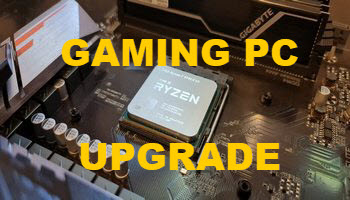
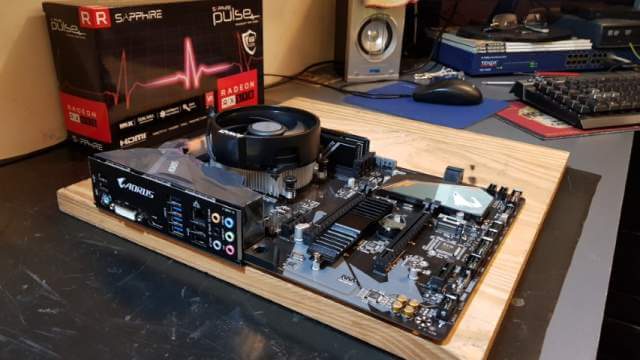
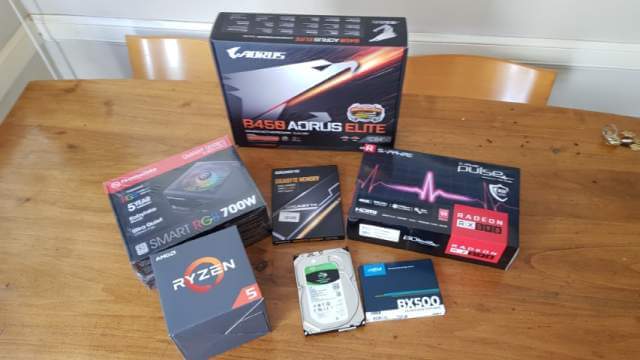
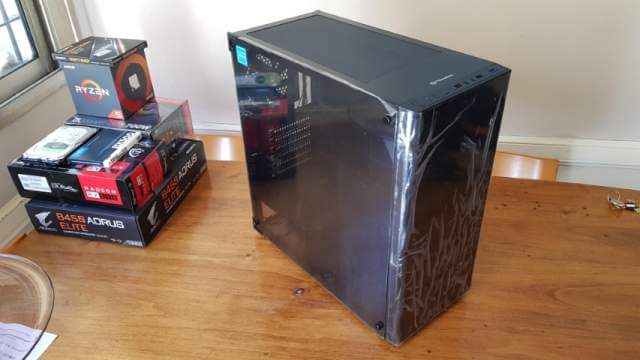
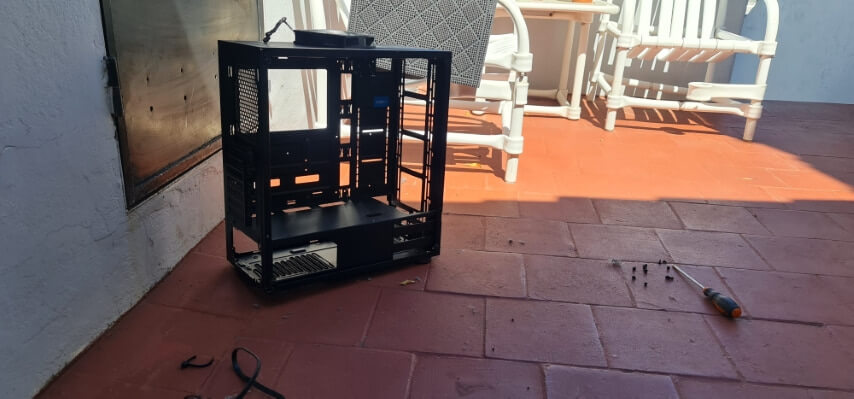
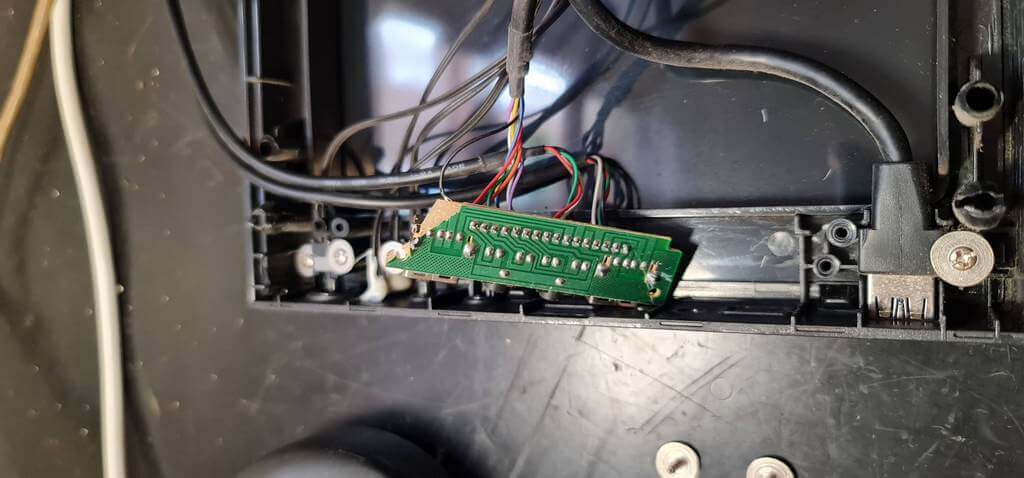
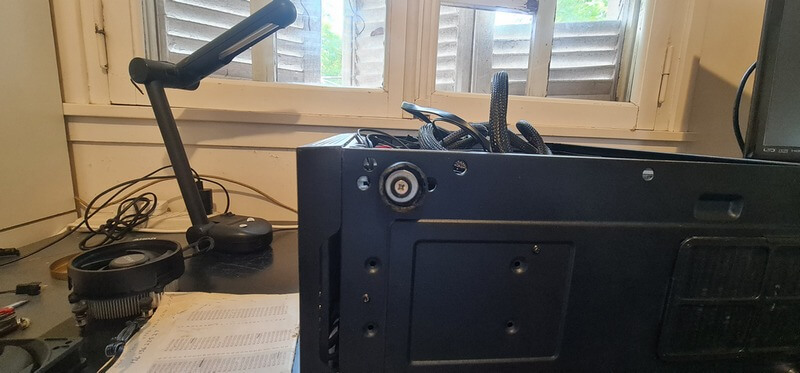
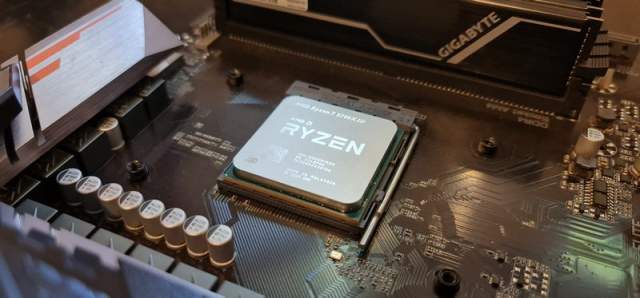
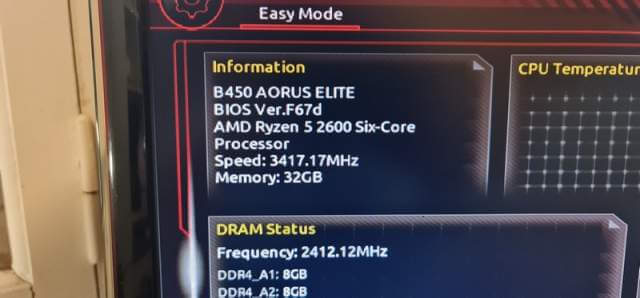
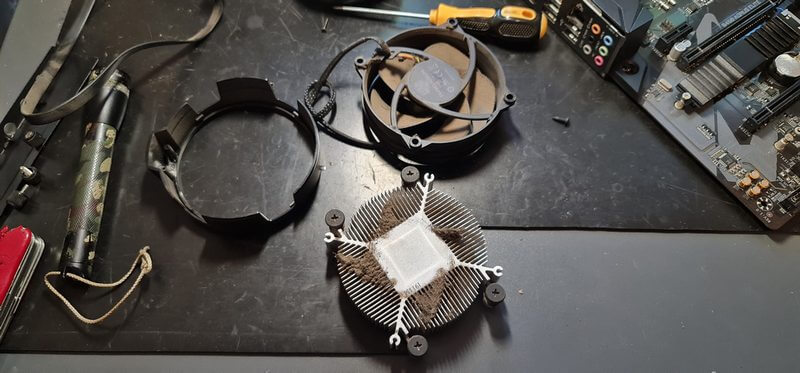
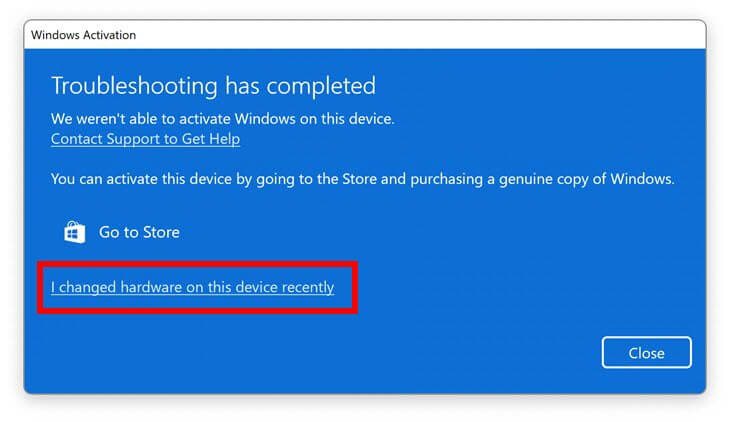
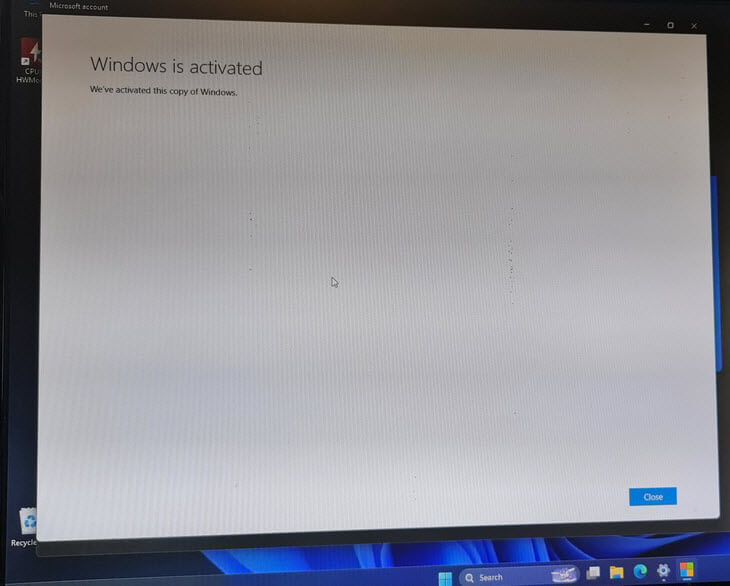
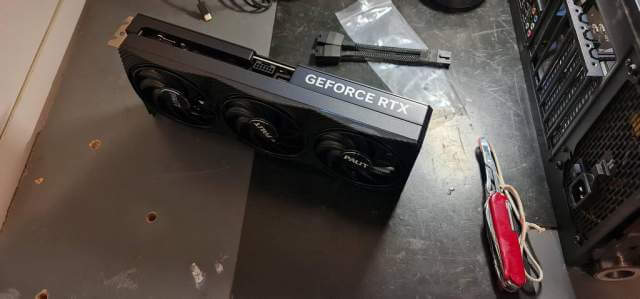
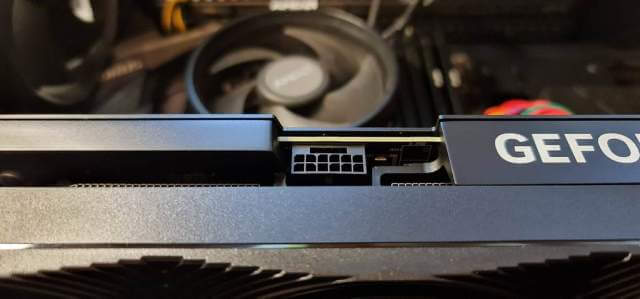

Wish I had that Ryzen 7 for Gentoo to compile LinuxFromScratch!!!!
They’re not that expensive, Daniel.
Good luck finding a 4080 Marc. Since the disappointment and scarcity of the 5000 release the 4080s and 4080 Supers have been snapped up.
You might be lucky to get a second hand one but I won’t be parting with my new 4080 Super for love nor money !
There are plenty of 4000 series here, Reg, but at silly prices.
Point taken though.
How does the cost of the upgrade compare to the cost of a comparable new computer?
In Argentina, David, it worked out cheaper than upgrading to AM5, for example.